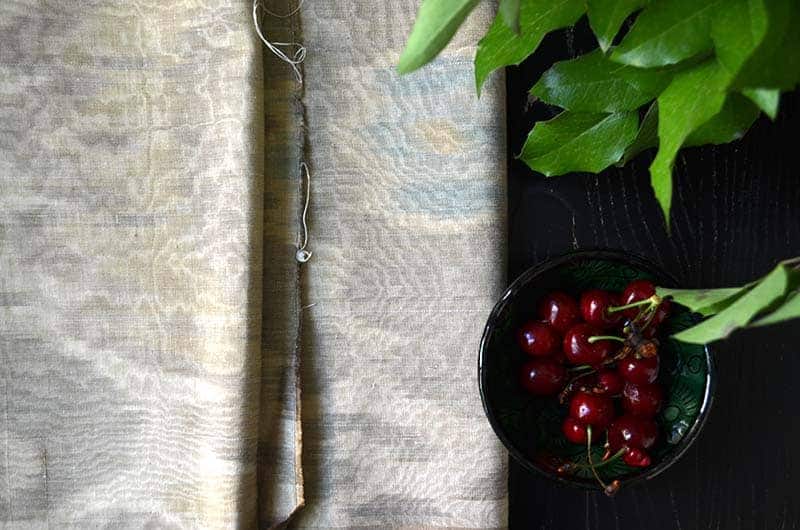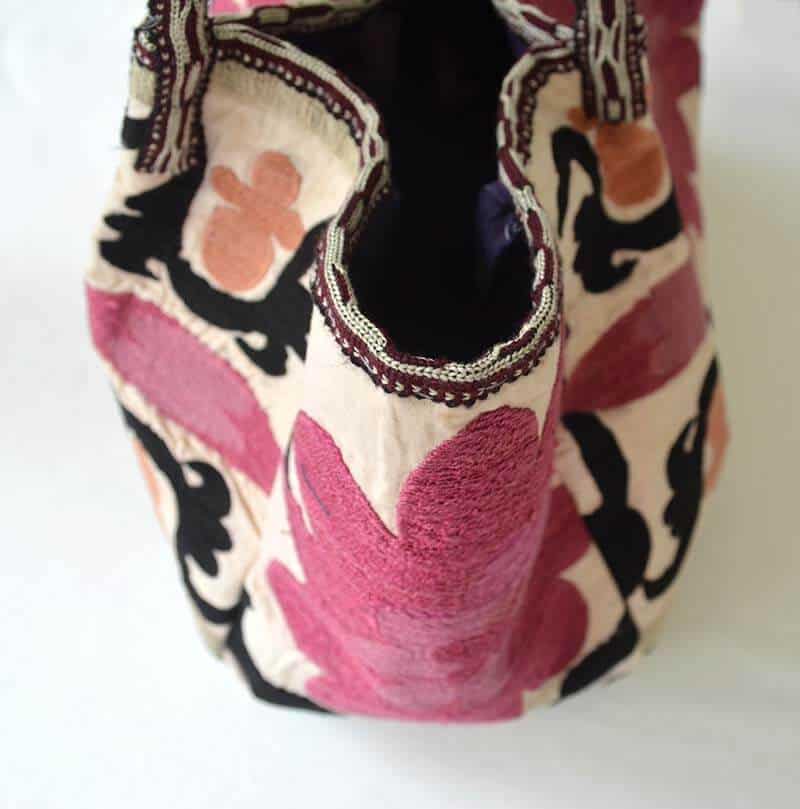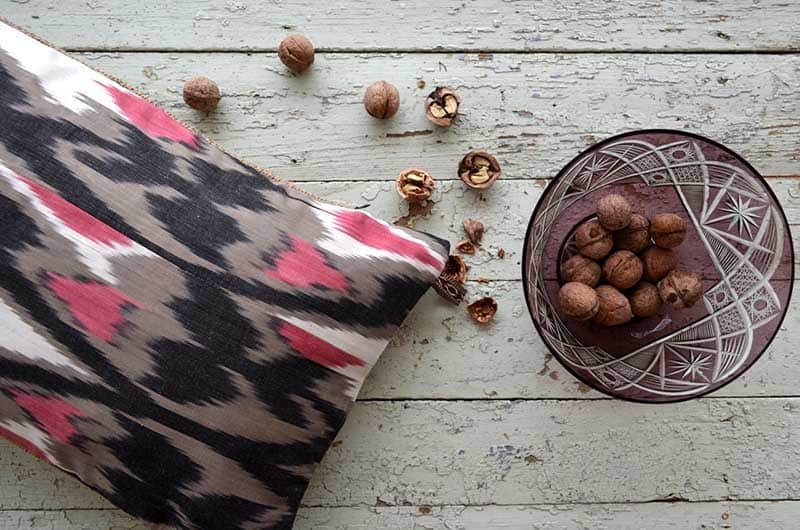Retro Ikat fabric from Soviet Uzbekistan
I love photography, especially black and white photography, especially black and white photography with stories. This post is about Uzbek Soviet ikat dresses made of ikat fabrics in images of 20th century.
Soviet era and Industrial Age
The Soviet Union, a newborn country in the early 20th century which united 12 relatively poor republics (lated added 3 baltic states), did not have time and resources for luxuries. The goal was to provide basic standards of living to everyone - a very noble goal, I must say, given that most people had very low standards of living. Hence, luxury fabrics like hand woven Ikats became a sign of bourgeoise and ikat making traditions became significantly simplified.
Uzbek ikat textiles – wash or dry clean?
Properly caring for ikat fabrics is the most important thing you can do to extend life of your textile products. In this post we would like to talk about washing ikat fabrics and in which cases you should consider washing versus dry cleaning. Let us start off with a bit of history.
A bit of history …
In the 19th century, a silk yarn was as expensive as gold, ikat making technique was known to a few and the ikat garments were amazingly pleasant to wear. These were the days when the ikat textiles were only available to the richest and were considered to be a true luxury item.
With time, the ikat makers thought of a way of making ikat textiles more, let’s say, democratic. They started combining luxurious silk yarns with a more affordable cotton fibers and created, so called, “adras” fabric. Adras is a beautiful and rich blend of silk and cotton fibers (usually around 50% silk and 50% cotton but percentages may vary). This brought the cost of the ikat fabrics down but by not that much – ikat fabric making still remained to be a highly manual process.
Suzani bags: a new lease on life for a damaged suzani
A few days ago we added to our limited bags collection two new suzani bags, which deserve a post of their own – that’s how gorgeous they are!
In interior decoration suzani embroidery finds its use in every day textiles like cushions, bedspreads, teapot covers and wall hangings. Larger pieces of embroidery (e.g. wall hangings) occasionally get damaged here or there. These damaged parts of the suzani are removed while the rest of the suzani goes on to live as something new. This new product could be a smaller wall hanging, a suzani pillow cover or it could be suzani bags like the ones we recently added to our collection.
The ultimate guide to buying lumbar pillow covers
In the cosmos of pillow covers lumbar pillow covers are just one type which are used widely both for health and decorative purposes. Before we dive into nitty-gritty of lumbar pillow covers let’s first start with a definition of a lumbar pillow.
What is lumbar pillow?
Quoting experts from Everlasting Comfort:
“A lumbar pillow supports the spine by filling the gap between the chair and your lower back. This promotes good posture and supports the natural curve of your back."
In other words, lumbar pillow is something that you place behind your lower back to relieve discomfort associated with extended sitting and to support your back.
Lumbar pillows can be made only for functional purposes and they use as something engineers can do but given that we at UzbekAlive are all about beauty and esthetics we offer amazing lumbar ikat pillow covers to marry function and beauty.




